On a drizzly Saturday evening in the heart of Kuala Lumpur, a frisson of excitement ran through the fine-dine venue of Sabayon at EQ Kuala Lumpur. In attendance was Château Angélus’ seventh-generation winemaker Hubert de Bouard, who, in his welcome speech, spoke with pride of his daughter Stéphanie de Boüard-Rivoal—the third woman to run the storied winemaker in nearly 250 years. The winemaker owes its name of Angelus to the natural amphitheatre—specifically, a small plot of vines—that amplifies the ringing of the angelus from three local churches simultaneously.
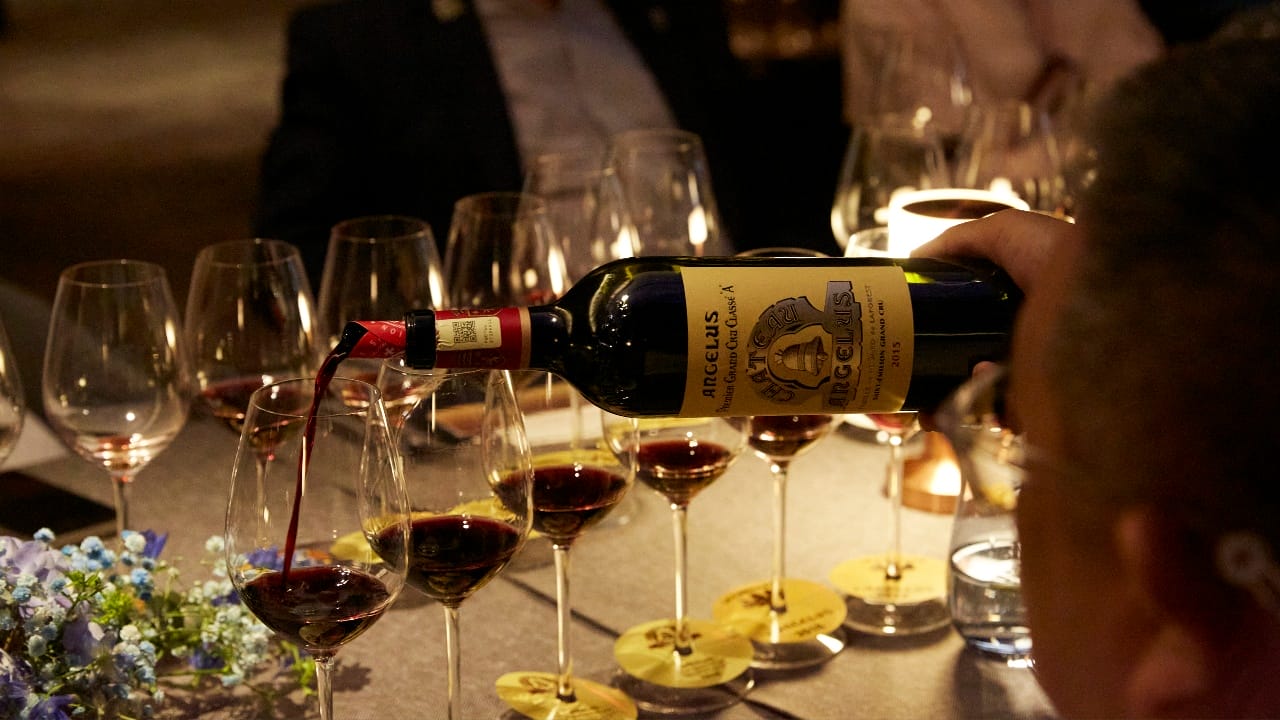
For de Bouard, the Angélus name “is not famous because it’s in a James Bond movie (Château Angélus appeared in three Bond movies, namely Casino Royale, Spectre and No Time To Die).” For him, its fame is rooted in a very real family story, “where we work on wines like a piece of art”.
“I am the owner but also the winemaker celebrating my 40th anniversary in the latter profession, which is rather unusual,” he says in his address to the guests. “And next Monday I have a meeting with my team in the vineyard, while wearing my boots.” This Kuala Lumpur dinner event that de Bouard graced was organised by wine merchant Bordeaux Liquid Gold and had gathered approximately 40 guests.
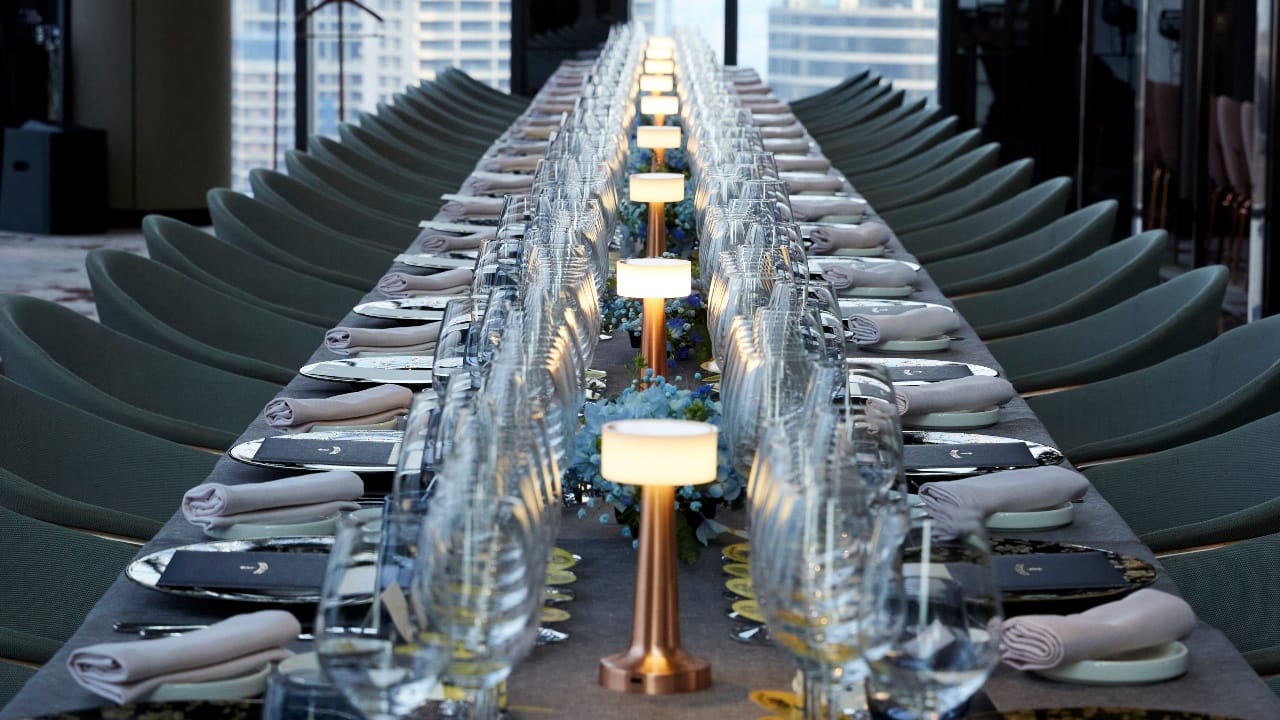
The same evening also showcased another interesting facet—Angelus timepieces (no relation to the château), founded in 1891 and originating from Switzerland’s Le Locle watchmaking municipality, the national epicentre of Swiss watchmaking. Their renown in making chronograph pieces lasted till the ‘60s when the so-called ‘quartz crisis’ enforced its dormant state until its 2015 revival as a retro-futuristic watchmaker. In his speech, de Bouard spoke of his encounter with the watchmaker and Angelus’ CEO Bertrand Savary, which resulted in a piece unique called Chronodate Gold x Château Angélus—with its dial composed of freeze-dried lees from the château’s 2022 vintage.
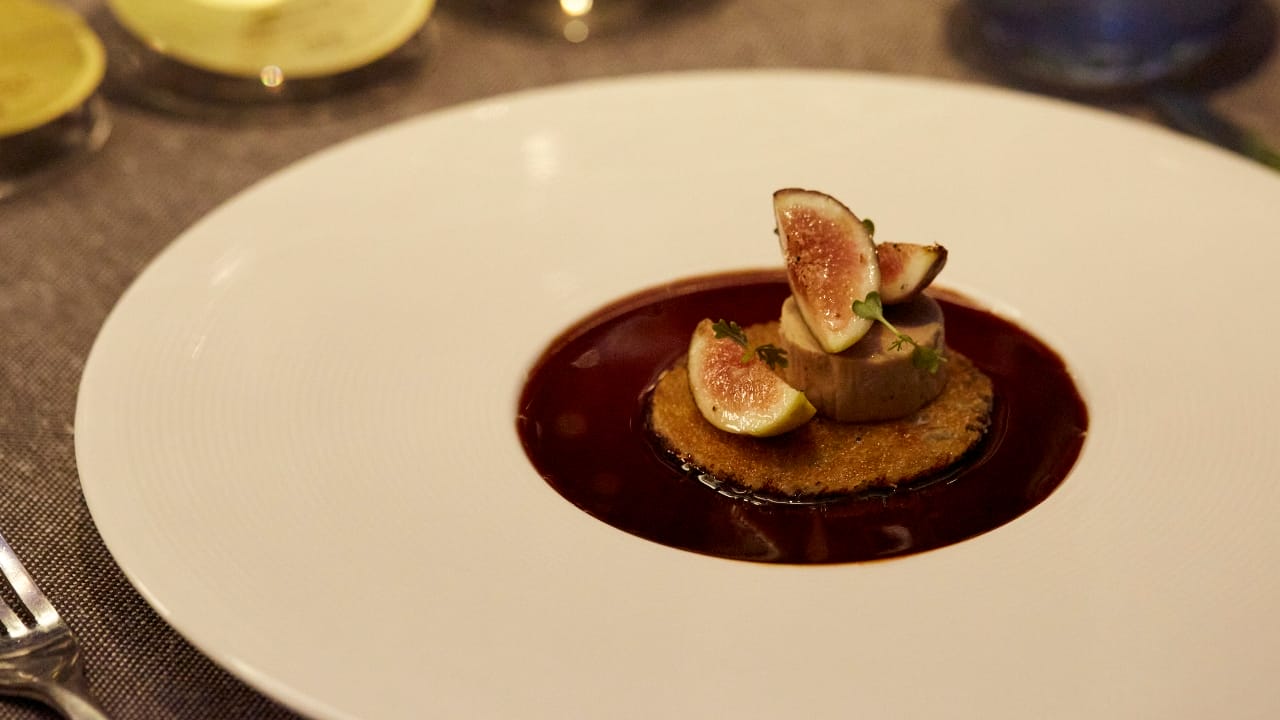
He then spoke of the dedication of his life to Château Angélus: “It is not merely one of the best wines in the world, but it is also one in which the founding family has retained ownership and been involved in the production—sadly only one of a handful today. I think maybe the Rothschilds arrived a bit later, but they did not have to work every day.”
Across an eight-course dinner menu, the wines of Château Angélus would tell a continuing story of winegrowers and Bordeaux château owners now eight generations in the making. The latest debutante from its line is the Grand Vin Blanc D’Angelus, a 2020 vintage that blends Chardonnay, Sauvignon, the Bordeaux native Sémillon and approximately five per cent of Chenin Blanc, to produce a fleshy, buttery character redolent with white peach and mayflower notes. “My dream was always to make white wine with Angelus and, in 2016, I found a good place—and the first vintage was the 2020 with the Chenin Blanc giving the white Angelus its special taste,” de Bouard said.

As the tea-smoked salmon segued to a foie gras on caramelised fig, so too did the wines, with the Carillon d’Angelus 2012 displaying the red fruit of its Merlot composition, with light smoke from the barrel. This was followed by the 2016 vintage, one that endured three months of summer without a single drop of rain—a happenstance that brought the promise of something spectacular. On the palate, the resultant ‘gift’ from the torrid summer was a wine that was smooth, sensuous and voluptuous, with a spicy freshness and an indulgent finish.
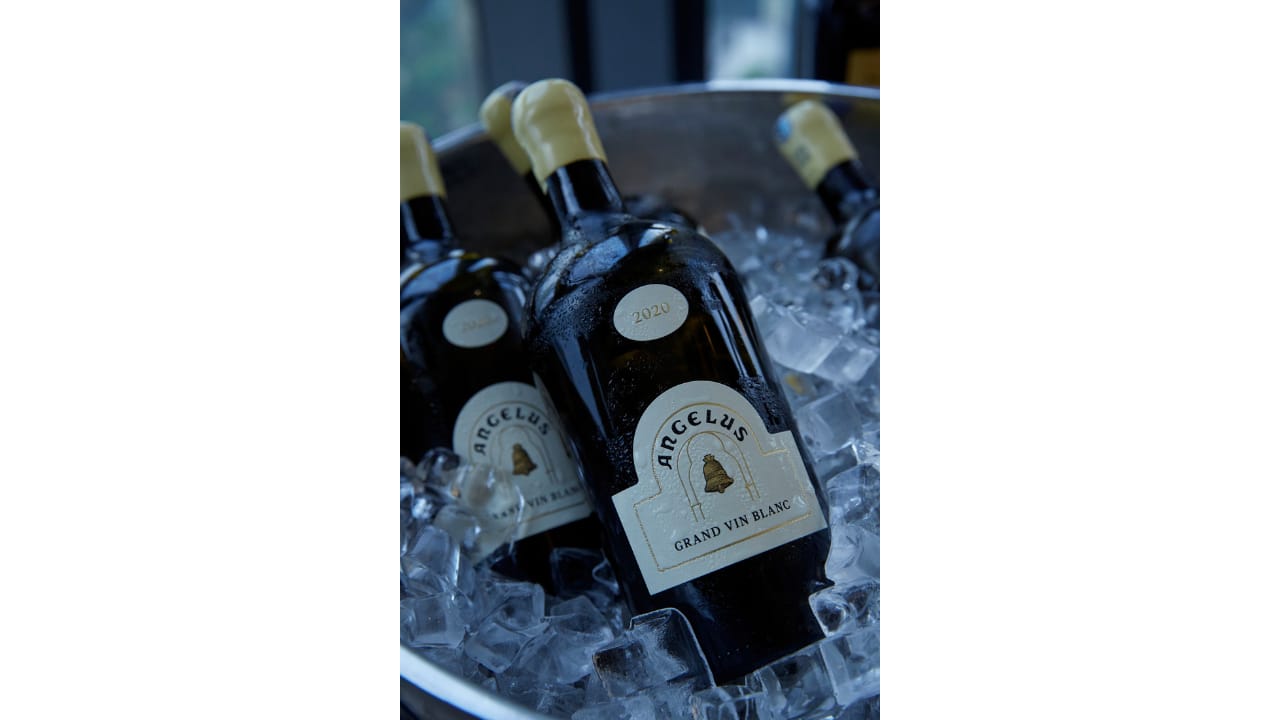
Then, with the slow-cooked pigeon came the night’s surprise—a 1989 Château Angélus vintage from de Bouard’s private cellar. From rich, ripe fruit came a vintage of intense colour and an aromatic palette of spice, tobacco and liquorice. “In this combination of 50-50 Merlot and Cabernet Franc, the latter is the soul of the wine, with a spice recalling that of a cigar box,” de Bouard pointed out. “And the complexity continues—so don’t buy just the one bottle but also try it at the beginning of its life and, when you are able to wait, you will also enjoy it later.”
The advice comes from a personal place, as de Bouard spoke of his father, who passed away at the age of 97, while his mother passed a year later, at 98. “They spent 76 years all together and they took one bottle of Angélus every day.”
And just like that, the parade of various vintages and their accompanying monikers would continue: the 2013 ‘L’appétant’ (the appetiser), the 2010 ‘L’opulent’ (the opulent) and the 2015 ‘Le Magnifique’ (the magnificent). While the 2013 offered refined tannins from a rainy spring followed by exceptional heat in summer, 2010’s clement weather meant subtler tannins, pure aromas and deep black hues. Bringing up the rear was the 2015, the stuff of dreams with timely rains and mild temperatures for a gradual development of fruit, with cool nights and an early autumn allowing for magnificent harvests. Thus, the 2015 vintage mirrors the confluence of favourable factors—ripe, juicy aromas with velvety tannins and an undeniable panache in both freshness and tension on a lingering finish.
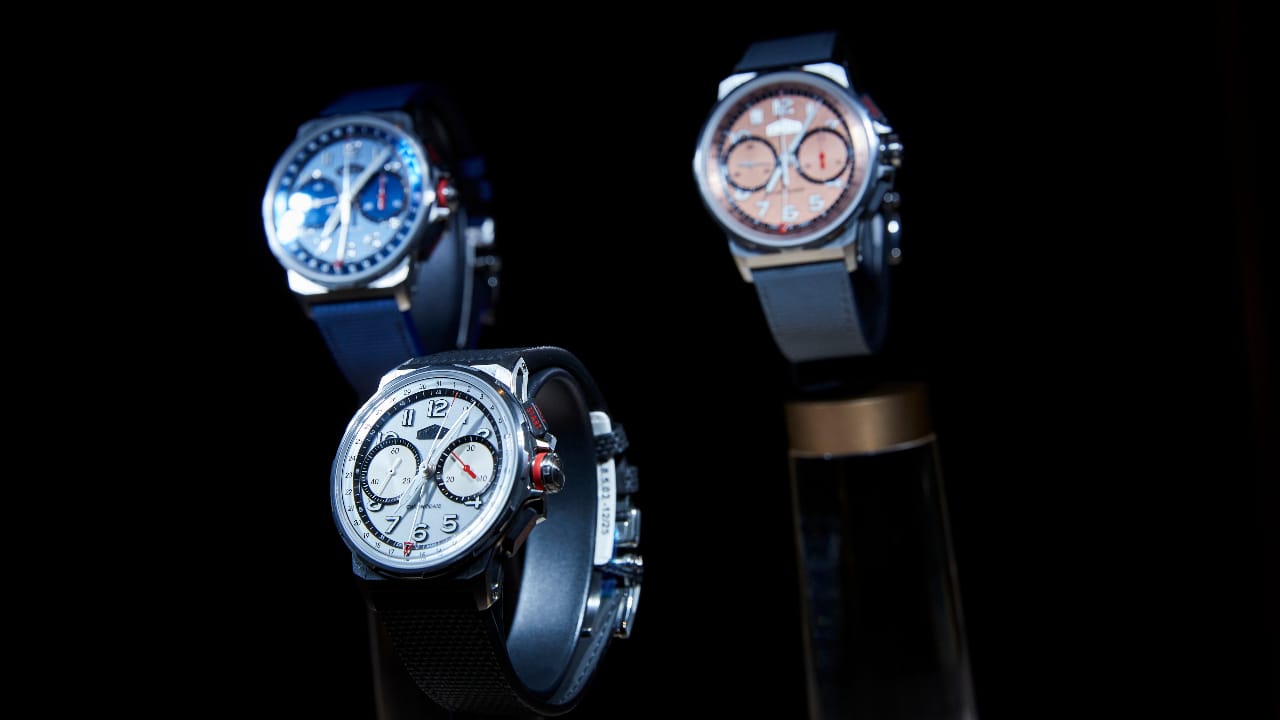
“I don’t want to be too long about the wine. Every year, we have different conditions and every year we have to birth a new Angélus,” de Bouard said. “And Angélus is really Angélus—we are winemakers and though we cannot control the rain, sun or frost, we have to respect the natural elements and, through our diversity and expertise, birth the vintage. It’s so hard to choose a favourite—we are the chief conductors and we follow the variations in weather, revealing the complexity within Angélus, a key characteristic of which is simply in where we make the wines, and in the legacy which we continue to uphold.”
Photography: Law Soo Phye
Videography: Bordeaux Liquid Gold
Lead image: Hubert de Bouard, seventh-generation winemaker and owner of Château Angélus.




